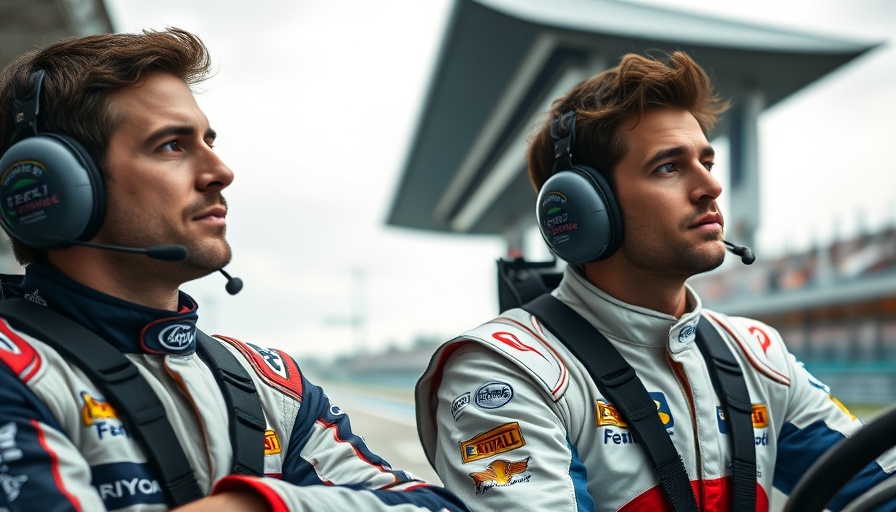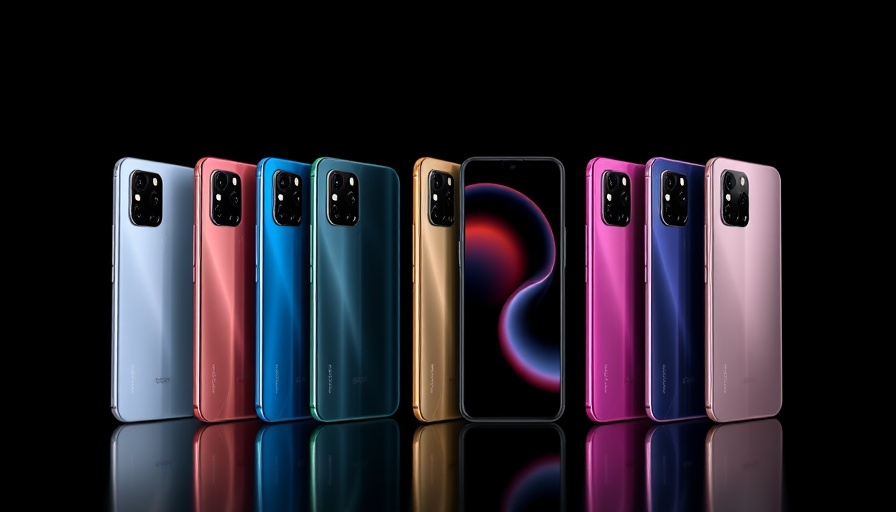
Revolutionizing Film: Apple’s Ingenious Camera Technology in Formula One
In an exciting crossover between technology and entertainment, Apple has tapped into the high-octane world of Formula One racing by creating a custom camera module for its upcoming F1 film. Meeting the impossible challenge of capturing racing footage from inside a car is no simple task. Unlike traditional film setups, Formula One cars are precision machines with strict weight and size limitations, making it hard to mount typical cinema cameras. Instead, Apple has innovatively utilized its own technology, bridging the gap between smartphone capabilities and cinematic requirements.
Crafting a Custom Solution: Innovations Behind the Camera
Apple’s engineering team ingeniously developed a camera unit that technically resembles existing broadcast technology. However, the true innovation lies within its architecture. Built with components sourced from iPhone technology, the camera integrates an iPhone sensor and A-series chip, likely the A17 Pro. Its design isn’t merely cosmetic; it also maintains the essential weight and balance for optimal car performance. Notably, this camera has already seen action at real F1 races during the 2023 and 2024 seasons, proving its durability under extreme conditions.
The Technology: Ensuring High-Quality Footage
The core of Apple’s custom camera module incorporates advanced technology found in the iPhone, including an intelligent battery system and neutral density filters that control light intake. This level of sophistication is crucial for enhancing video footage quality, especially when capturing the rapid movements and high-speed turns typical in Formula One. Moreover, the footage is recorded in log format using Apple's ProRes lossless video codec, ensuring that film editors have maximum flexibility in post-production to achieve the cinematic quality desired.
Enhancing iPhones: New Features Born from Innovation
In an unexpected twist, the experimentation with this camera module led to the introduction of new features in the iPhone 15 Pro, including log encoding and support for the Academy Color Encoding System (ACES) color workflow. This showcases Apple’s commitment not only to filmmakers but also to users who prioritize high-quality video capabilities in their smartphones. The advanced features represent a leap toward professional-grade filming experiences being available on consumer devices.
Real-World Applications: What This Means for Filmmaking
While the collaboration between Apple and F1 may initially seem niche, it opens a broader discourse on how technology can transform various industries. Filmmakers across genres can glean insights from this innovative approach, particularly regarding equipment limitations and the necessity for adaptability in filming conditions. The incorporation of mobile tech into traditional filming settings could pave the way for more filmmakers to harness the power of easily portable equipment while still achieving spectacular results.
Looking Ahead: Future Innovations on the Horizon
As technology continues to evolve, the convergence of mobile devices and high-end filmmaking will likely become more commonplace. The success of this Apple endeavor with Formula One signals that we may see more collaborations between the tech and film industries, culminating in innovative storytelling methods. Future films may use similar in-car filming techniques, presenting thrilling perspectives that have yet to be explored.
Final Thoughts: Embracing Change in the Filmmaking Landscape
This collaboration not only underscores Apple’s engineering prowess but also reflects a shift in how filmmakers are beginning to embrace technological advancements. As equipment becomes lighter, smarter, and more efficient, filmmakers might find themselves with an unprecedented array of tools at their disposal. With these developments, the quality of storytelling in cinema can advance in exciting new directions.
 Add Row
Add Row  Add
Add 




 Add Row
Add Row  Add
Add 

Write A Comment